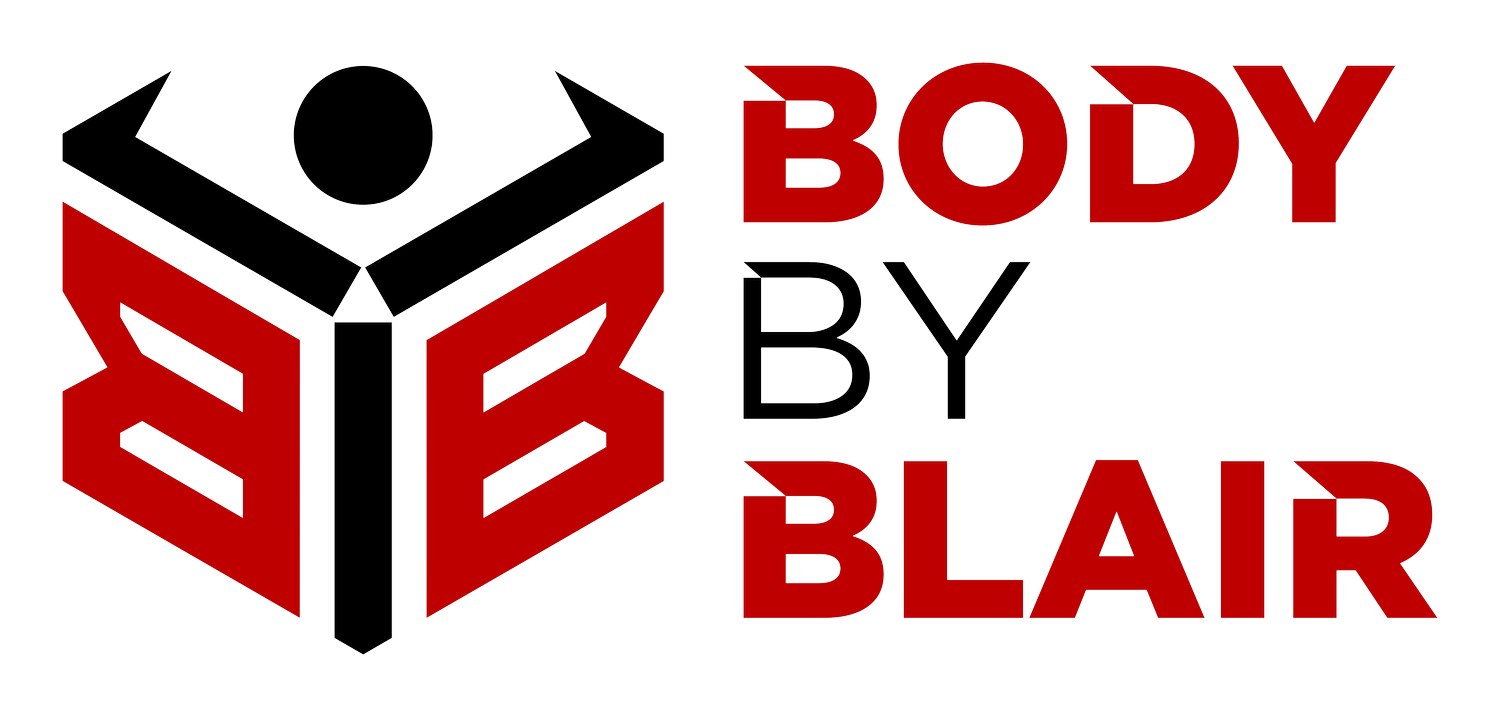How to Use MyPlate to Build Healthy, Sustainable Eating Habits That Improve Body Composition
When it comes to nutrition, most people don’t struggle with knowing what to eat—they struggle with eating in the right balance and in a way they can stick to long term. That’s where MyPlate, created by the USDA, becomes a powerful tool. Instead of overcomplicating nutrition with strict rules or fad diets, MyPlate gives you a visual guide for building meals that promote energy, health, and better body composition.
As someone who studies exercise physiology and nutrition science, I’ve seen firsthand how small, consistent changes in eating patterns make a bigger impact than extreme restrictions. Let’s break down how MyPlate works, why it’s effective, and how each food group supports sustainable weight management and muscle retention.
Why MyPlate Works for Body Composition
Unlike rigid diet plans that cut out food groups, MyPlate encourages balance and flexibility. It divides your plate into four main sections—fruits, vegetables, grains, and protein—with a serving of dairy on the side. This setup naturally:
Controls portion sizes without calorie counting
Encourages nutrient-dense foods that keep you fuller longer
Supports steady energy levels for workouts and recovery
Provides the right mix of protein, carbs, and fats to maintain lean muscle and reduce excess body fat
In other words, it’s not just about eating fewer calories—it’s about eating smarter.
Breaking Down Each Food Group
Vegetables: The Foundation of Volume and Nutrients
Vegetables should take up the largest portion of your plate. They’re low in calories but high in fiber, water, and micronutrients that support metabolism and recovery. Filling up on vegetables helps control appetite while still leaving room for higher-calorie foods.
Examples:
Leafy greens like spinach, kale, and arugula
Roasted broccoli, carrots, or Brussels sprouts
Bell peppers, zucchini, or cauliflower rice
Fruits: Natural Energy and Recovery Support
Fruits provide natural carbohydrates, antioxidants, and vitamins that aid muscle repair and reduce inflammation after exercise. Pairing fruit with protein makes a great snack that curbs cravings without the crash.
Examples:
Berries (blueberries, strawberries, raspberries)
Apples, oranges, or grapes
Bananas for pre- or post-workout fuel
Grains: Sustained Energy for Performance
Grains fuel your body with complex carbohydrates that support exercise and recovery. Whole grains in particular digest slower, keeping blood sugar stable and reducing hunger spikes. They also provide fiber, B vitamins, and minerals.
Examples:
Quinoa, brown rice, or farro
Oats or whole wheat bread
Whole grain pasta or tortillas
Protein: Building and Preserving Lean Muscle
Protein is the anchor of body composition. It helps preserve lean muscle while in a calorie deficit and supports growth and repair when paired with strength training. Spread protein intake evenly across meals for maximum benefit.
Examples:
Lean chicken, turkey, or fish
Eggs or Greek yogurt
Plant proteins like beans, lentils, tofu, or tempeh
Dairy (or Alternatives): Extra Protein and Bone Support
Low-fat dairy or fortified alternatives add protein and calcium to the diet. This is especially helpful for athletes and adults aiming to maintain bone health alongside muscle mass.
Examples:
Skim or 2% milk
Low-fat cheese or cottage cheese
Unsweetened soy or almond milk fortified with calcium
Putting It Into Practice
Here’s how a balanced MyPlate meal might look in real life:
Grilled salmon (protein)
Steamed asparagus and roasted sweet potatoes (vegetables + grains)
Side salad with olive oil dressing (vegetables)
Mixed berries for dessert (fruit)
Glass of low-fat milk (dairy)
Notice how no food group is excluded, and portions are naturally balanced without weighing or measuring. This creates a plate that fuels workouts, supports lean muscle, and keeps you satisfied.
MyPlate isn’t a diet—it’s a framework. When used consistently, it helps you eat in a way that naturally supports better body composition without the stress of strict tracking. By filling your plate with vegetables, adding lean proteins, choosing whole grains, enjoying fruit, and including dairy or fortified alternatives, you set yourself up for sustainable progress.
Remember: it’s not about perfection. It’s about building a plate that works for you, meal after meal, in a way you can maintain long term.
